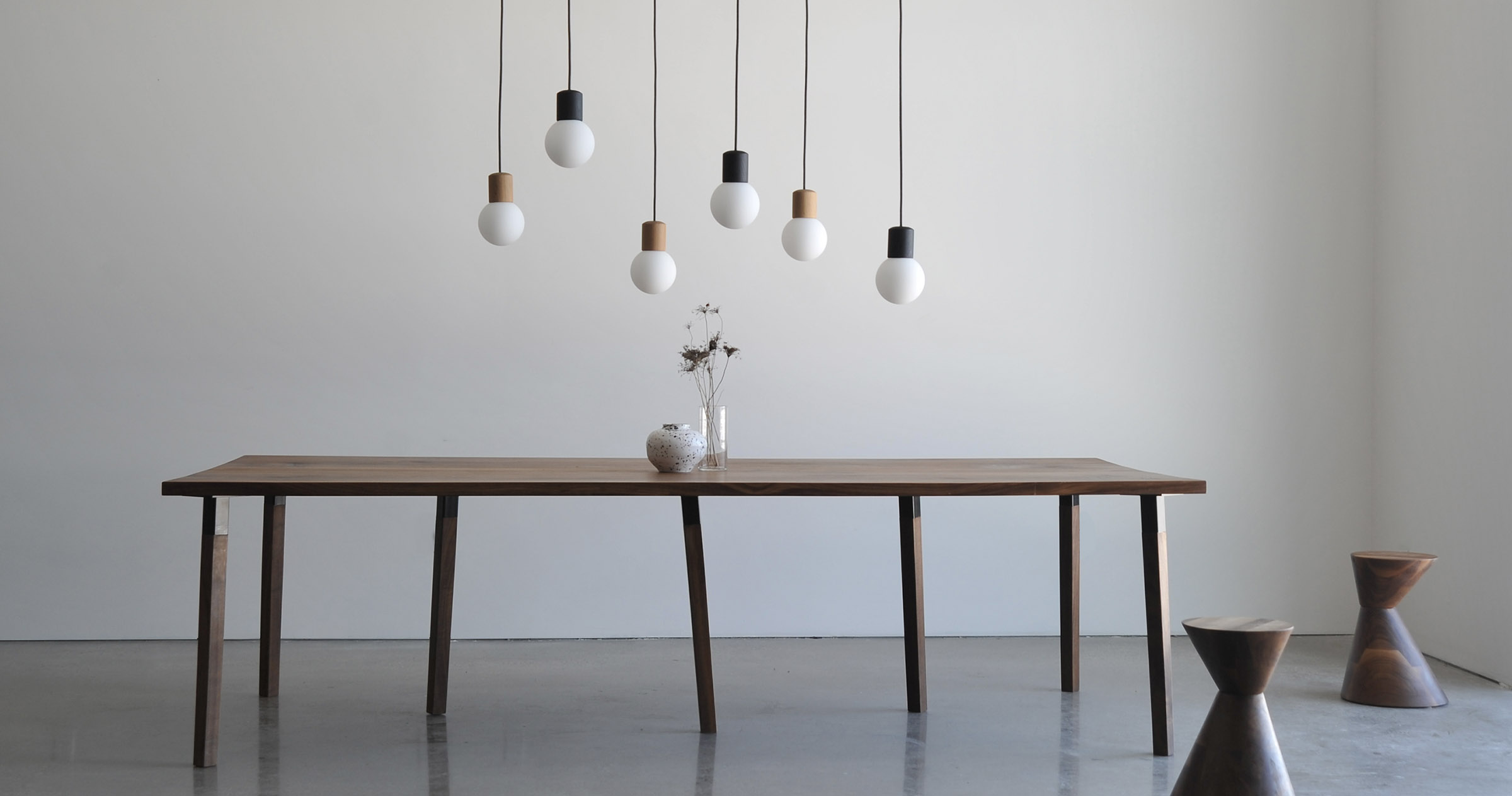Green ideas are bright ideas. And bright ideas create new experiences. The sustainable-design movement has married science with sexy, a union that has given birth to inventive and alluring spaces that challenge the way we think about where we live and how we live.
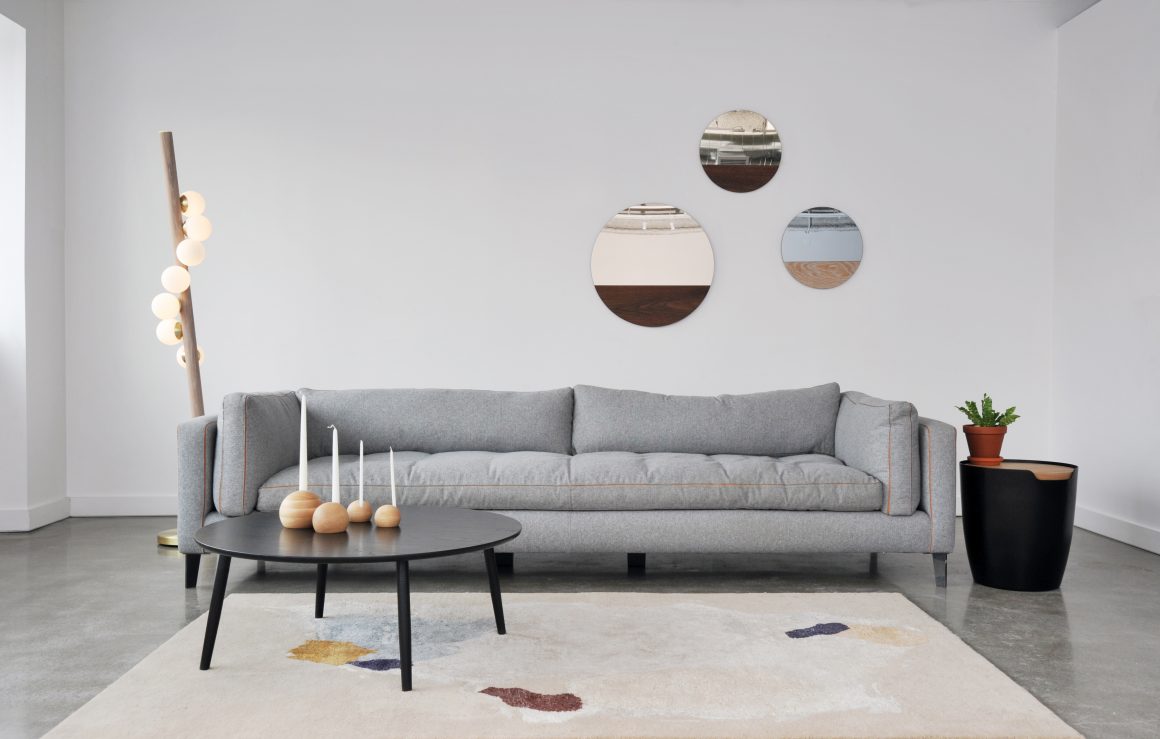
Awareness of our environment and community is driving household innovation as architects and designers look for ways to create homes that are healthier for their inhabitants and for the planet. Beautiful, smart spaces have become a growing global trend and they’ve spurred the emergence of new ingenious materials and the renaissance of ancient elemental techniques. From the woods of 18th century Japan to luxury fashion houses of France, these products are produced in remarkable ways, are planet-friendly and awe-inspiring.
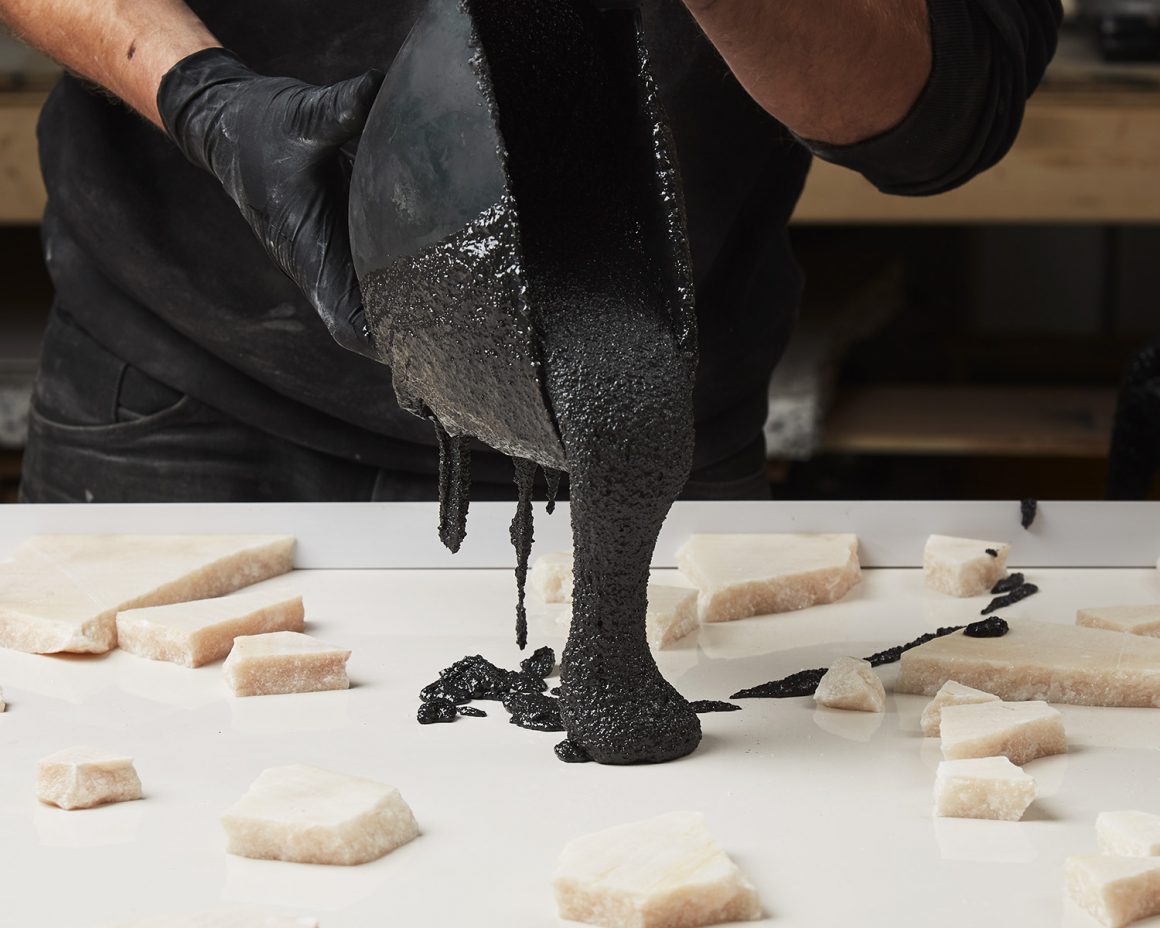
BURNED AND BEAUTIFUL: Shou sugi ban
If you lust over minimalist black cabins on isolated and rugged terrains, chances are you already have a design crush on shou sugi ban. It’s a wood treatment that’s impactful to the eye but not the environment.
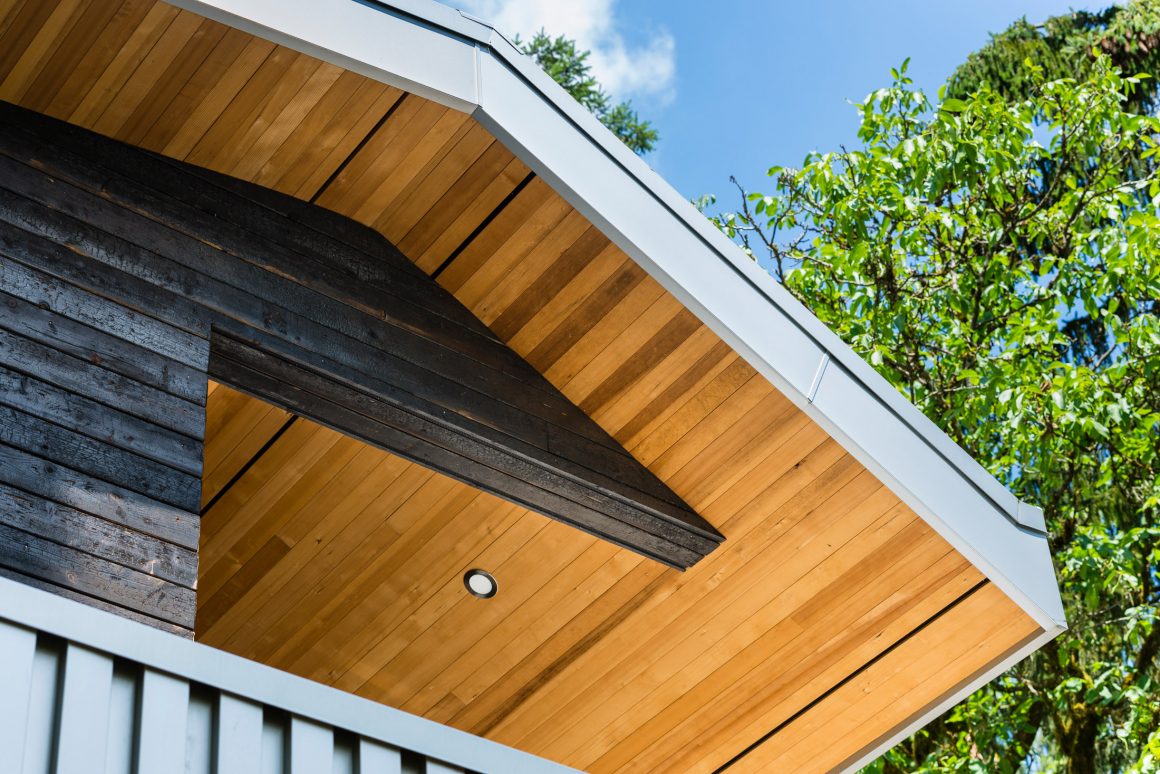
Shou sugi ban is the 18th century Japanese technique of charring wood with fire, which adds to its lifespan, resilience and beauty. It’s a counterintuitive idea: heat wood to make it last longer. To achieve the shou sugi ban effect, planks of wood are treated with heat on their outward side. The technique produces a scorched layer of carbon that is highly resistant to water, fire, mould and insects. The process also produces an elegant deep charcoal-black surface with distinct lines and textural beauty, making it a sought-after exterior cladding material by eco-minded designers and architects worldwide.
Using wood in building requires minimal energy compared to such inorganic building materials as steel and concrete.
SURFACING FROM WASTE: PaperStone and Altrock
Originally used on half-pipes in skateboard parks, PaperStone is making its way into residential design projects as a countertop material that can stand up to the gnarly wear and tear of daily kitchen life.
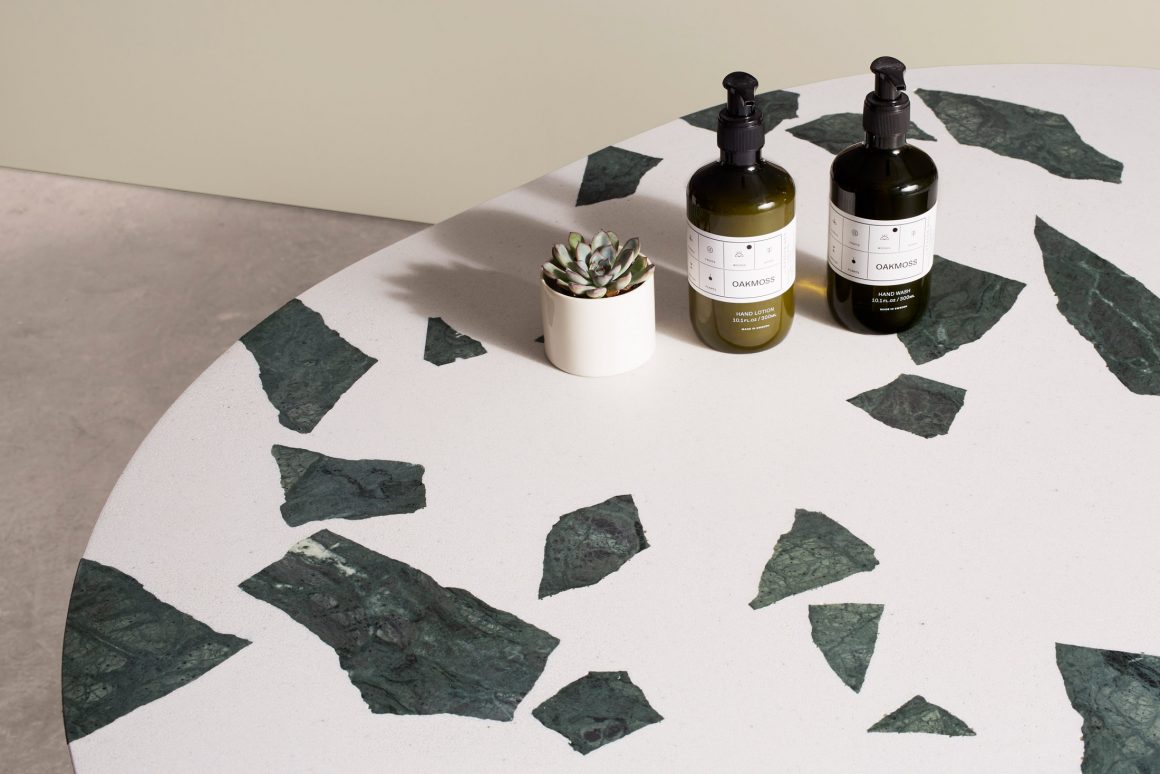
PaperStone is made of 100 per cent recycled paper fibers, bound with a non-petroleum resin and natural pigments to create a solid, dense material that is food-safe and resistant to abrasion and temperatures as high as 350 degrees Fahrenheit. It’s also impervious to moisture and won’t support bacteria growth.
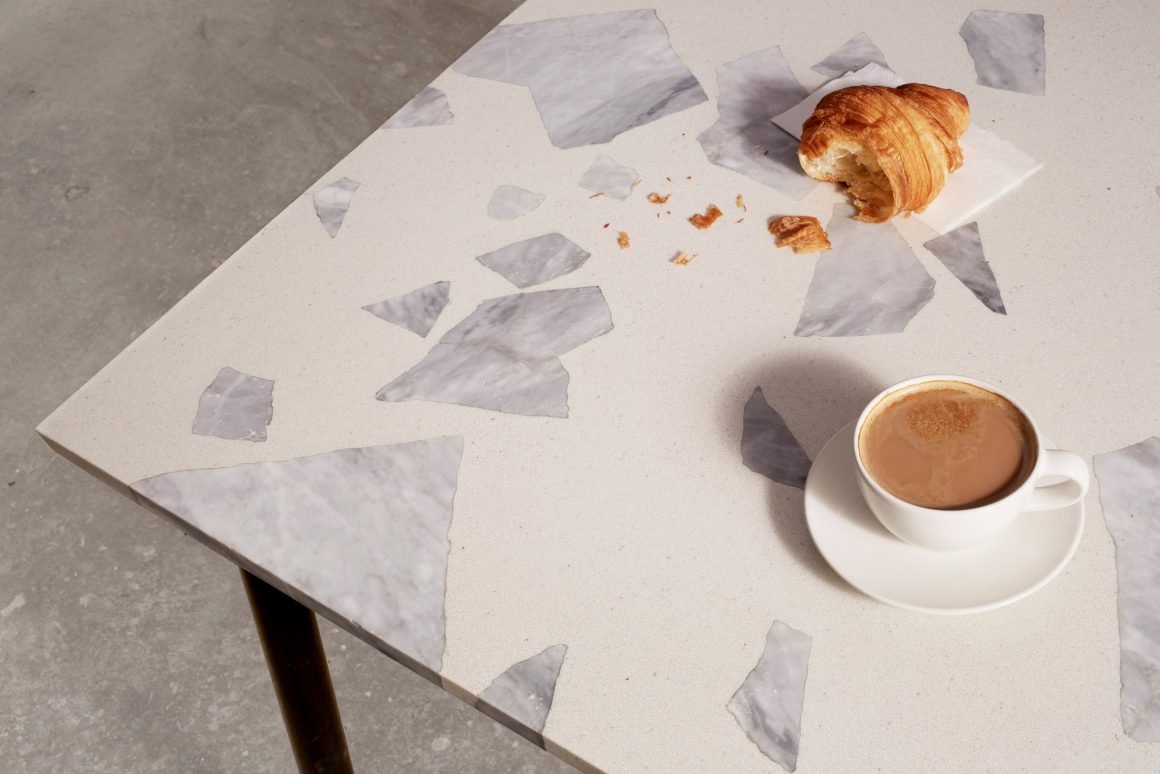
One of the advantages of PaperStone is that it is available in longer sections than natural stone, which can eliminate seams in long kitchen islands. It can also be used for tabletops, cutting boards, furniture, cabinets, and indoor and outdoor wall cladding.
Altrock is another sustainable solid surface material that tolerates high traffic. It’s a bold idea with an even bolder aesthetic; it takes byproducts from the natural stone industry and transforms them into contemporary terrazzo-like slabs.
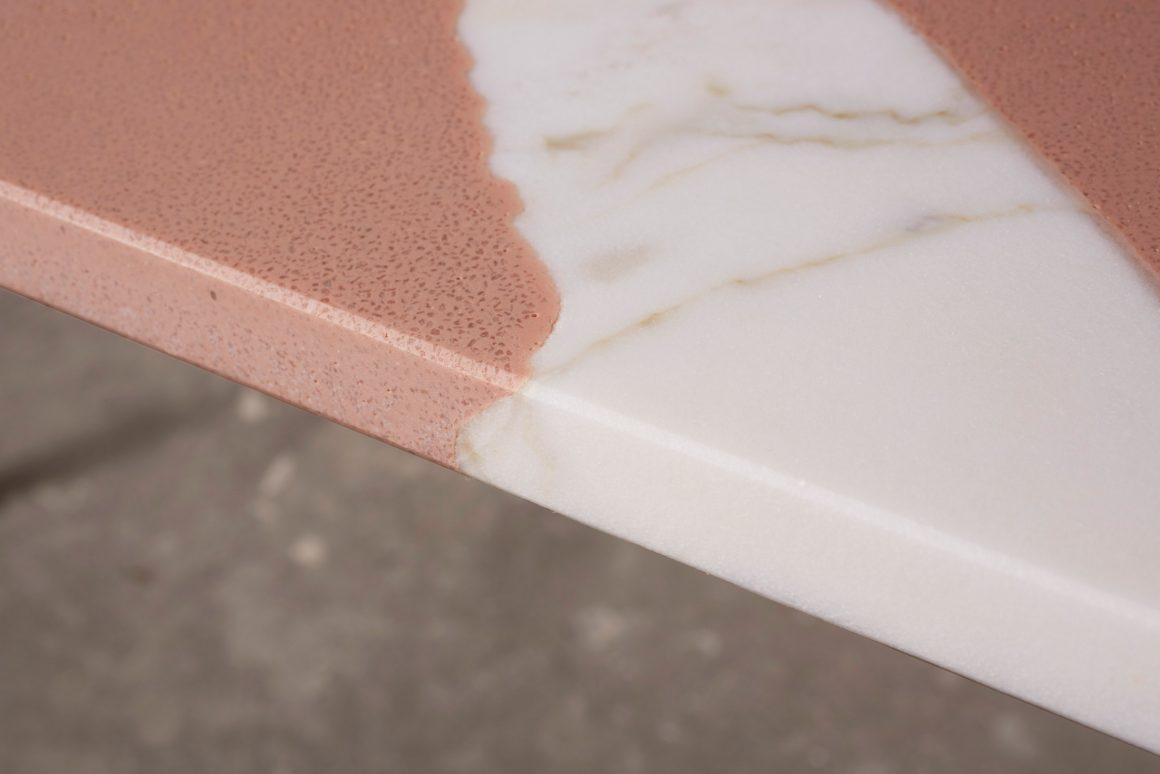
Altrock is comprised of 87 per cent recycled marble, including dust, chunks of offcuts and broken pieces of marble slabs. The recycled marble is then mixed with a small amount of resin to produce durable, waterproof and stain-resistant slabs of all shapes and sizes. The terrazzo is modern and striking, proving one person’s trash is indeed another one’s treasure.
LIT BY WIT: Hollis + Morris Lighting
While energy-efficient LED light bulbs consume less energy than their incandescent, halogen and fluorescent counterparts, sustainable lighting design goes far beyond the bulb. Materials, manufacturing processes, shipping practices and product lifecycle also contribute to a light fixture’s carbon footprint.
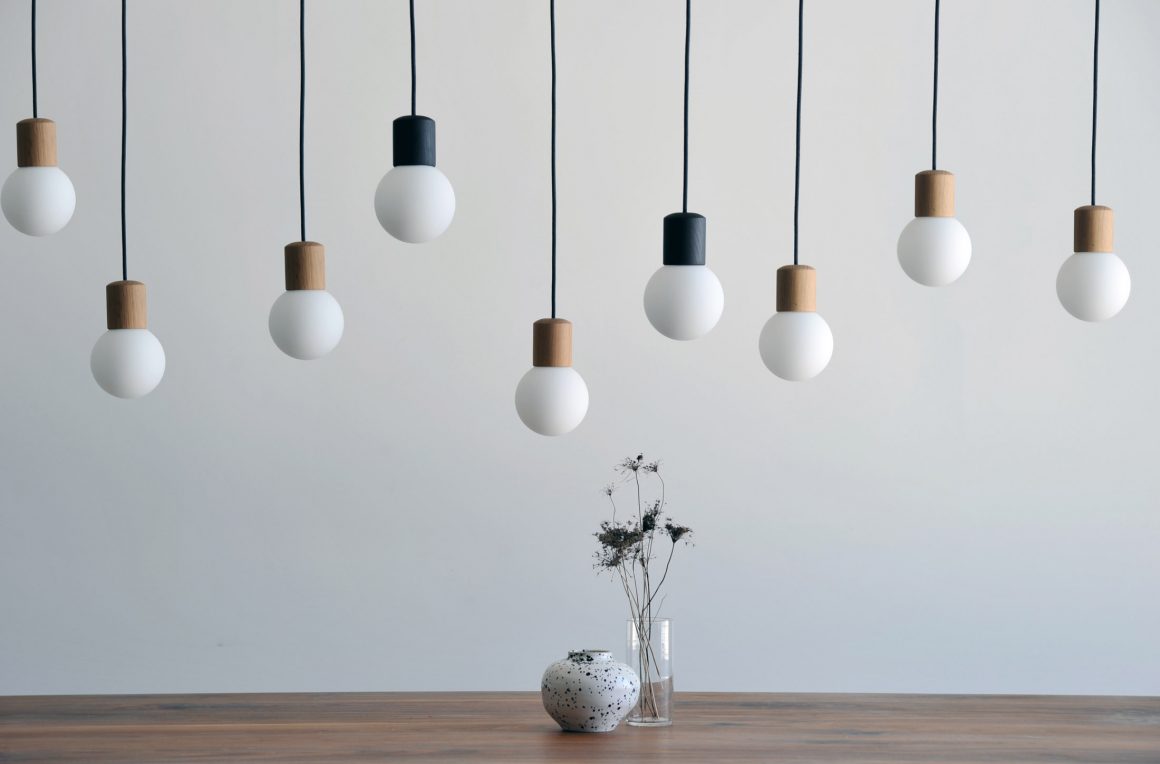
Canadian design firm Hollis + Morris combines energy-efficient LED lighting with nature-inspired forms in its new Bloom Collection, hand-crafted with the environment top of mind.
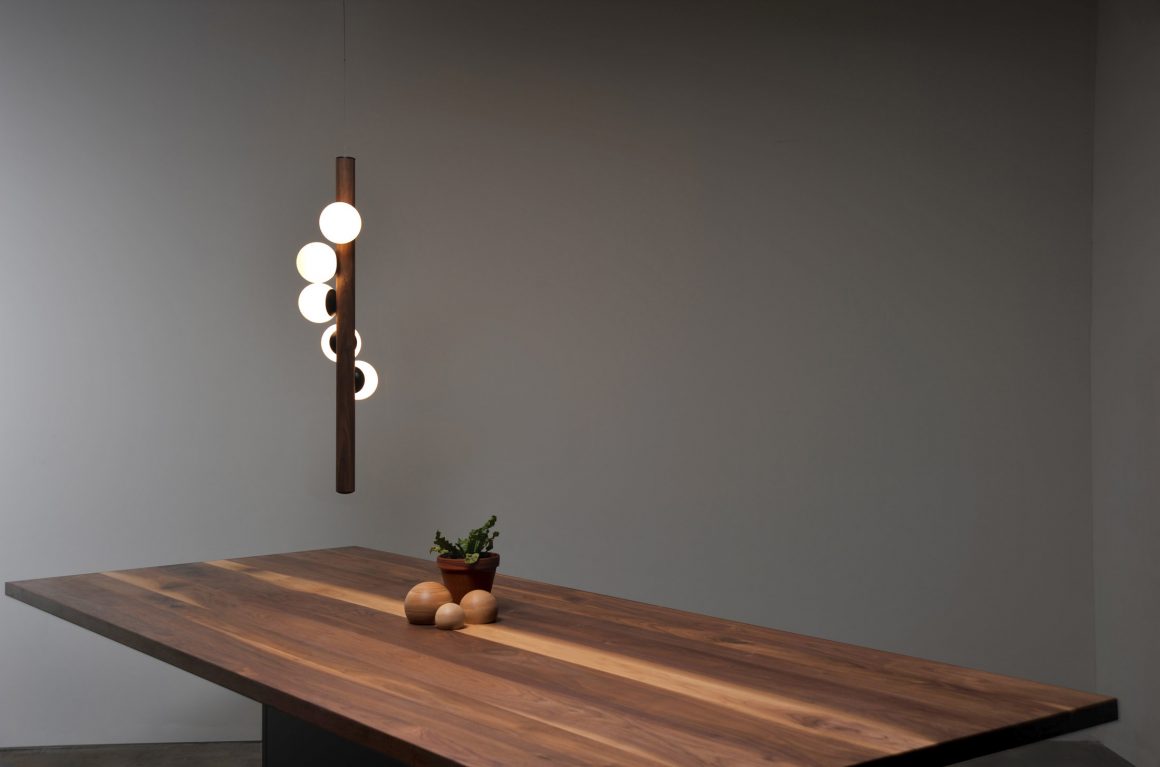
The contemporary lighting collection speaks of the natural world through the combination of light, spheres and textures. Bloom centres around the visuals of the catkin bud, which appears on trees as the first sign of spring. The Catkin and Willow pendants incorporate oak and walnut, sourced in Canada and the United States. Hollis + Morris outsources its industrial production to local wood factories and metal shops and then assembles the pieces in the company’s studio.
FOOT STOOLS WITH SMALL FOOTPRINTS: CALLA x Coolican
Just as designs reflect the designer, your home reflects who you are and what you love. Furnishing it with sustainable products indicates a level of awareness that is shaping our interiors.
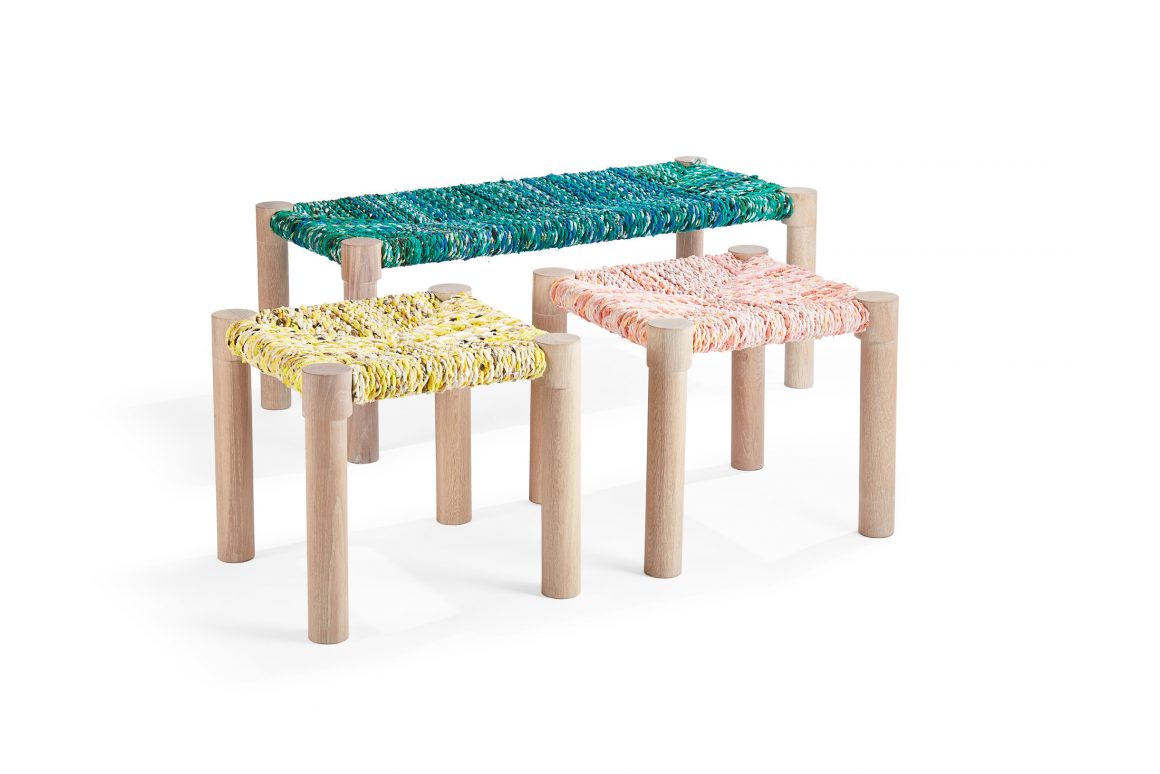
With this in mind, Toronto-based Coolican & Company partnered with Paris-based fashion designer Calla Haynes who wanted to do something with her unused fabrics. Together they developed CALLA x Coolican, a collection of accent benches made from the refuse of French luxury fashion houses.
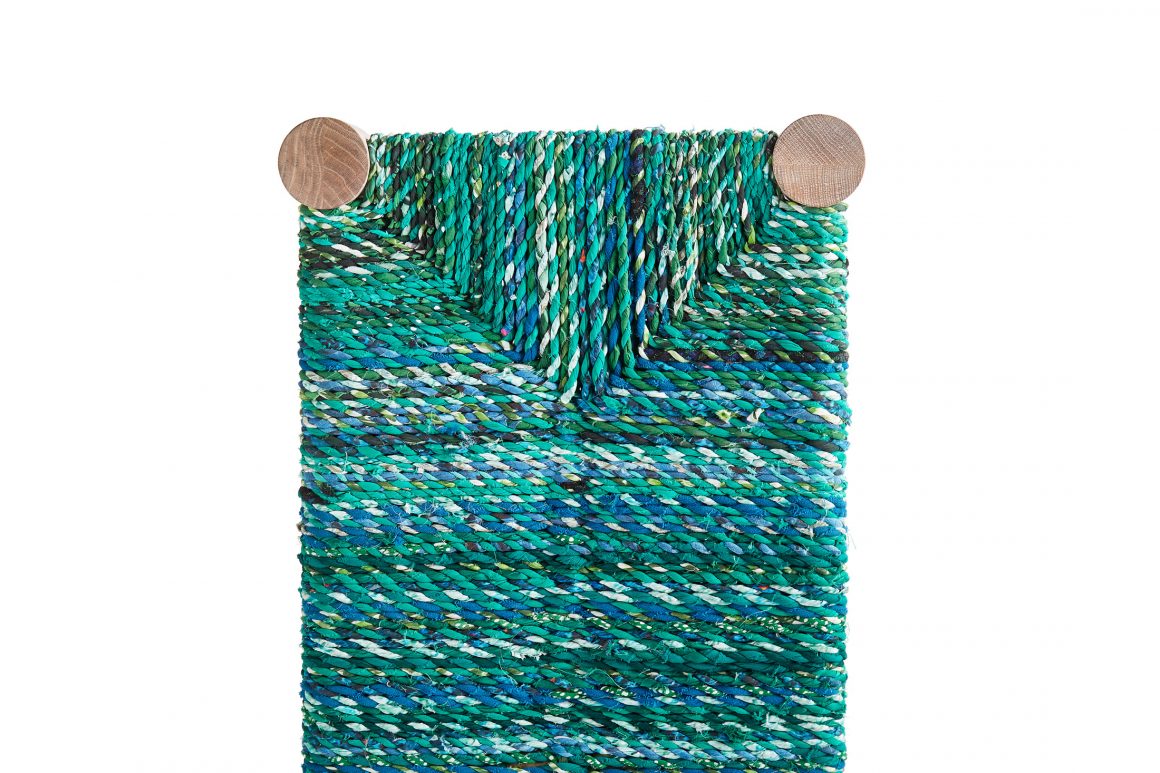
Recycled fabrics are hand-twisted to create a traditional Moroccan rag cord, which is hand-woven to form the seat. Each item is produced for durability, a quality that defines the company’s approach to design: buy it once, and leave more of those resources where they belong. •
Barbara Milner is an interior designer and principal at South Hill Interiors, a design firm that serves the Greater Toronto Area and Kawartha Lakes region. The firm’s real estate arm offers realty services with Forest Hill Real Estate Inc.
Altrock
https://www.altrocksurfaces.com
+44(0)799-930-3215
Calla
https://www.calla.fr
Coolican & Company
https://www.coolicanandcompany.com
647-948-9796
Hollis + Morris
https://hollisandmorris.com
647-970-9716

